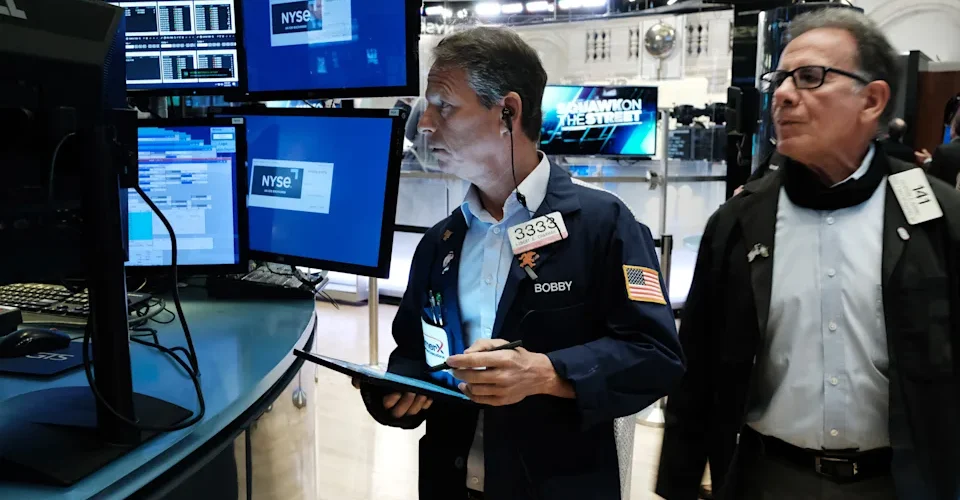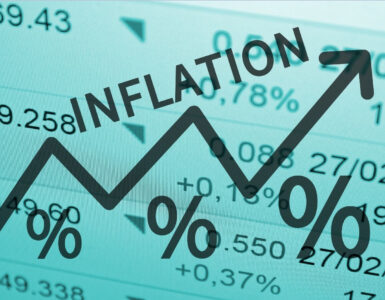U.S. stock futures rose Friday morning, setting the major indexes on track to end a weeks-long losing streak after a string of more upbeat corporate results at least temporarily offset fears of a steep economic slide.
Contracts on the S&P 500 rose. The blue-chip index headed for a 4% weekly gain as of Thursday’s close, which if maintained, would mark its largest since mid-March. The S&P 500 had fallen for the seven consecutive weeks prior in its longest losing streak since 2000. Dow and Nasdaq futures each also gained Friday.
Investors looked ahead to fresh economic data later in the morning, including the latest print on core personal consumption expenditures (PCE) — the Federal Reserve’s preferred gauge of underlying inflation. The report is expected to show inflationary pressures retreated only modestly in April compared to March, echoing results from the still-elevated Consumer Price Index and Producer Price Index released from earlier this month. Separate data later this morning on personal income and spending are also expected to show still-solid wage gains and consumption trends across the U.S. economy.
Over the past several sessions, investors have weighed favorably the most recent batch of quarterly results and guidance from retailers like Macy’s (M), Nordstrom (JWN), Dollar General (DG) and Dollar Tree (DLTR). These companies largely exceeded Wall Street’s estimates, helping assuage concerns that the profit pressures reported recently by Walmart (WMT), Target (TGT) and Kohl’s (KSS) were reverberating equally across all consumer-facing firms. And outside of retail, airlines including JetBlue (JBLU) and Southwest (LUV) raised their sales guidance for the current quarter, suggesting demand remained strong for discretionary travel.
“Overall the U.S. consumer still remains in great shape. They came into these price hikes, this inflation, with cushion on their balance sheet. Certainly employment is high, so the overall U.S. consumer remains in a very strong place,” Brent Schutte, chief investment officer at Northwestern Mutual Wealth Management, told Yahoo Finance Live.
“The big fear was that inflation was going to continue to run away and cause the Fed to have to tighten the U.S. economy into a recession,” he added. “I think we’re all starting to gradually wake up to the reality that goods spending … was pulled forward. Inventories have been rebuilt, and goods spending has caused the inflation that you’re seeing. That’s going to roll over as people move over to service sector spending.”
“And so it may feel like a recession in some parts of the economy, but other parts of the economy are going to do well,” Schutte said. “Inflation is going to fall, and the Fed is going to go a bit easier.”
However, other strategists cast doubt on the staying power of gains seen in the market so far this week, especially as inflation has shown few meaningful signs of coming down in a substantial way to date.
“This is nothing more than a bear bounce in our opinion. When you look at these bounces we’ve had, they’ve been on very light volume, there’s not a lot of conviction,” Eddie Ghabour, co-founder and managing partner of Key Advisors Group, told Yahoo Finance Live. “The data that we’re getting now that’s been causing this sell-off, remember, is first-quarter data. The data coming in the second quarter is going to be worse than the first quarter. And we’re not going to get that news until July … So I think we’re going to have a very treacherous market in the next few months.”
Source: Yahoo Finance










